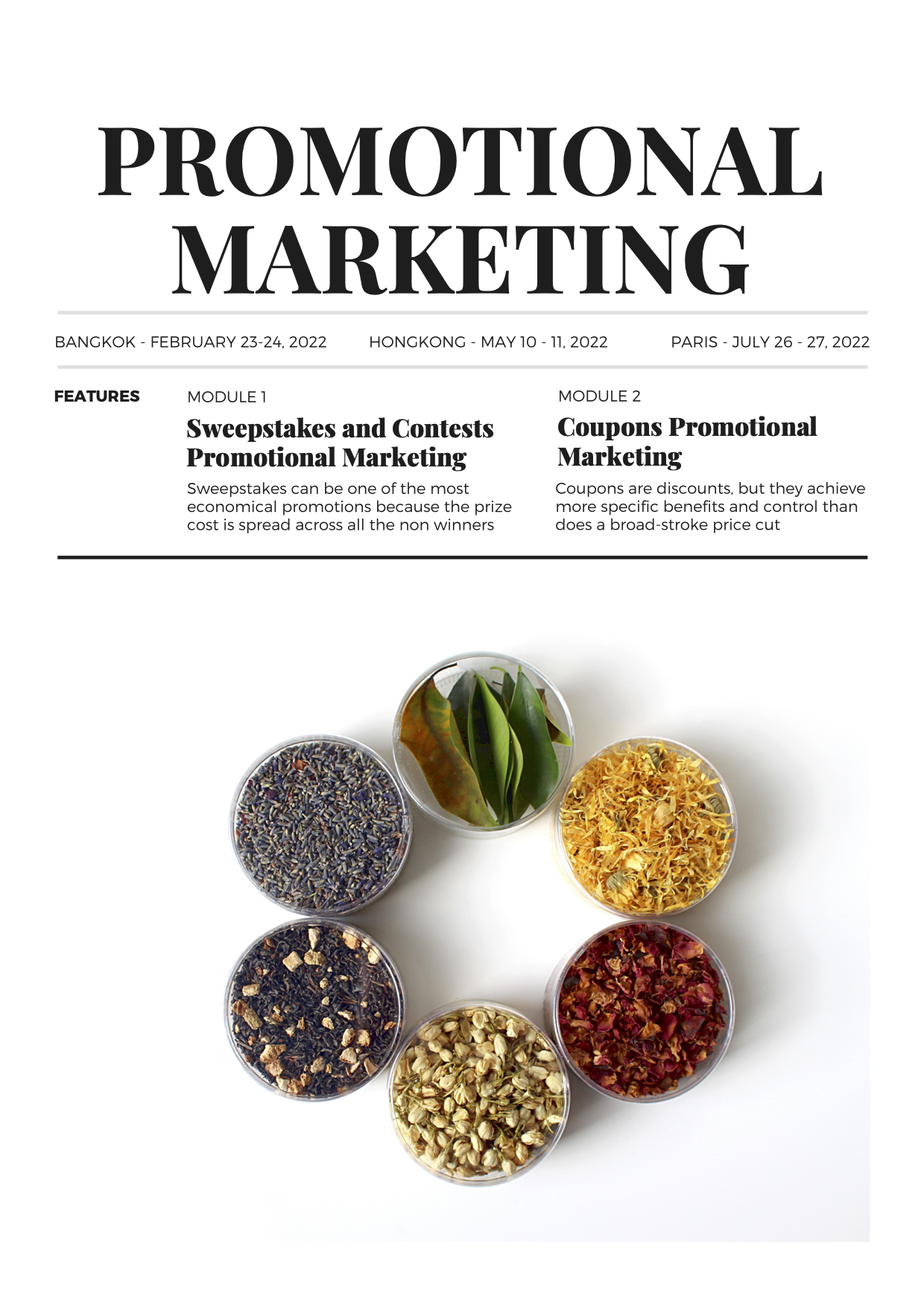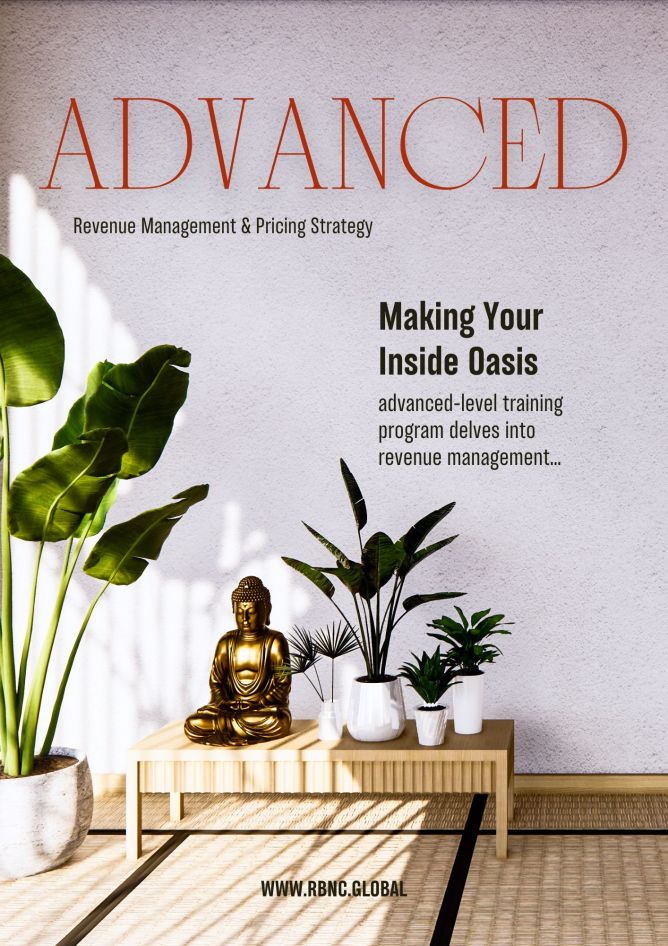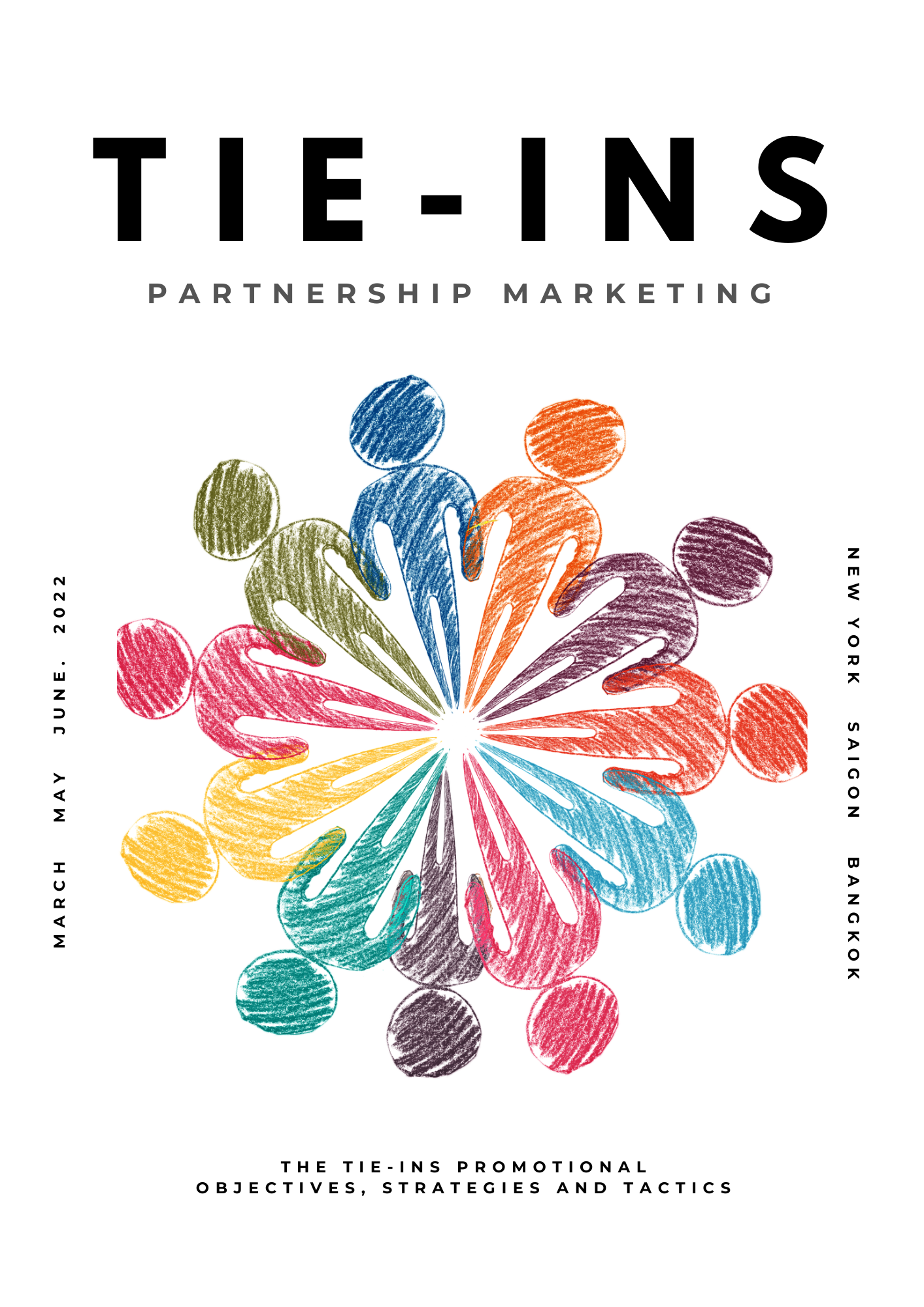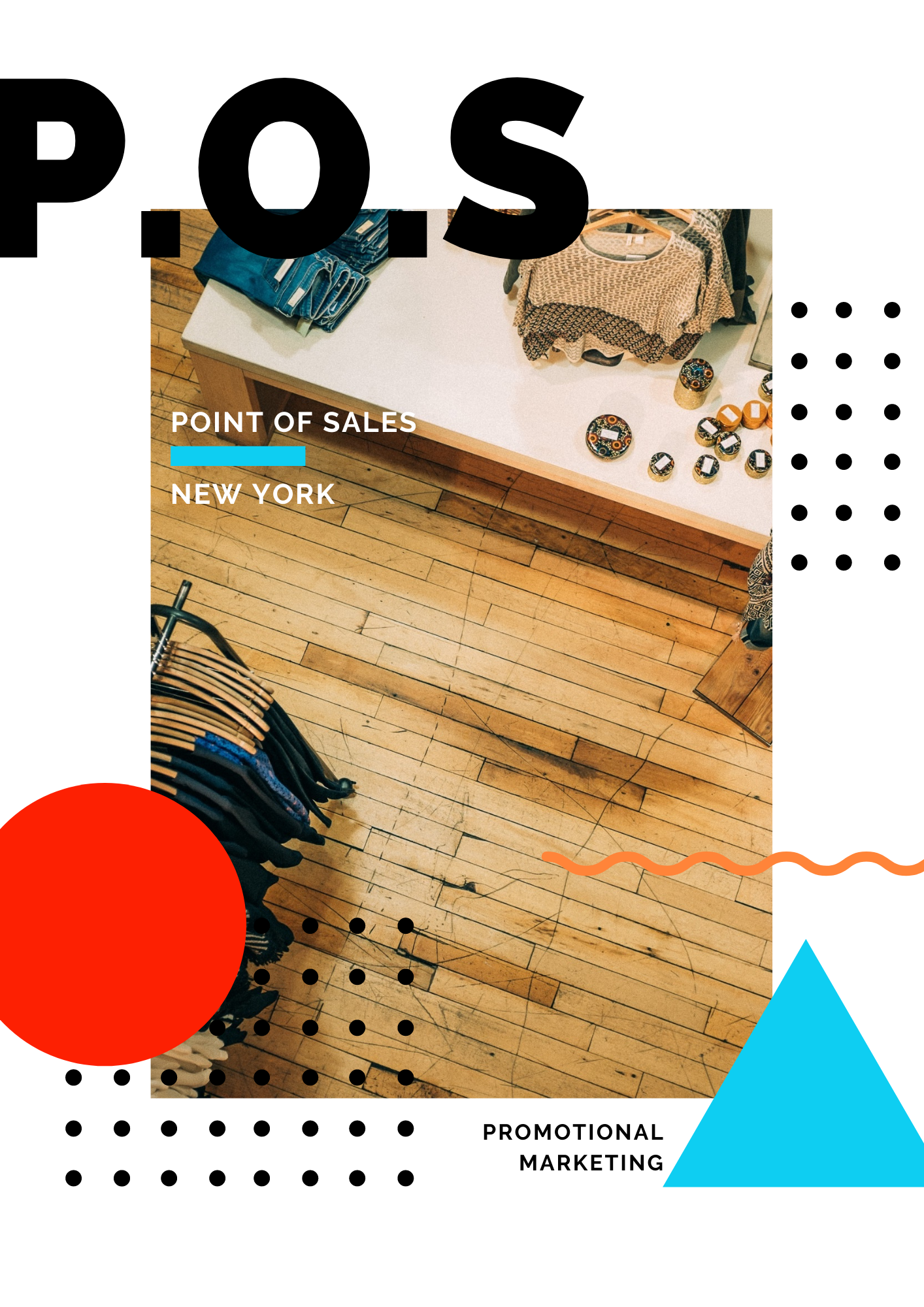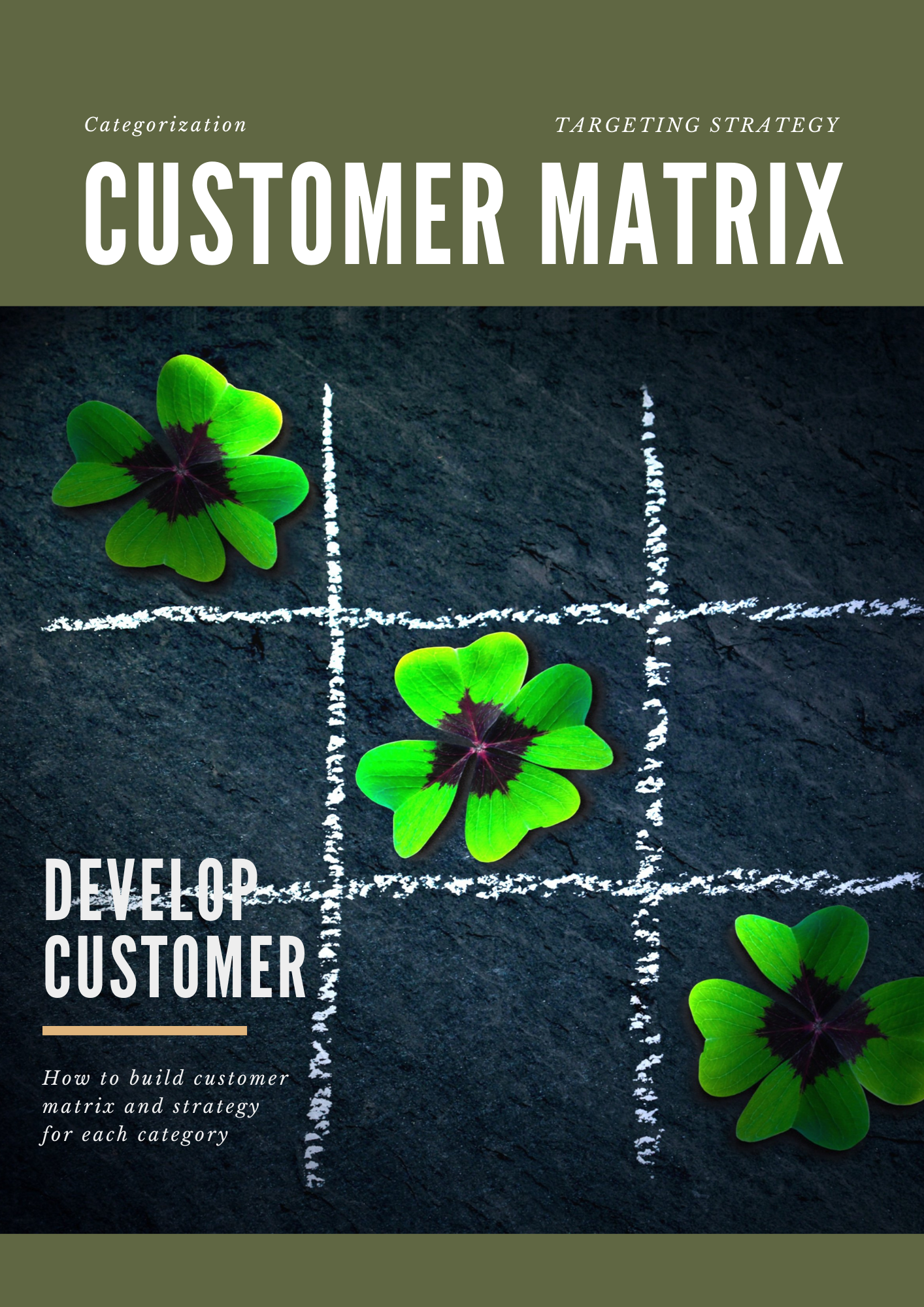Promotional Marketing Program
Introduction
In a competitive marketplace, effective promotional marketing is essential for capturing customer attention, increasing brand visibility, and driving sales. Our "Promotional Marketing Program" training equips marketing professionals, business owners, and sales teams with the strategies and tools needed to design and execute high-impact promotional campaigns. This comprehensive course covers key areas such as campaign planning, consumer psychology, digital and offline promotions, ROI measurement, and strategic partnerships. Learn how to craft compelling promotions that attract and retain customers, optimize marketing budgets, and enhance brand positioning. Whether you're in B2C or B2B sales, this program provides actionable insights to maximize marketing effectiveness and deliver measurable results. Gain hands-on experience, expert guidance, and proven frameworks to elevate your promotional strategies.
How you will benefit
- Understand the importance of Promotional Marketing
- Identify the promotional objectives, strategies, and tactics
- How to build a Promotional Marketing plan
- Understand the advantages and disadvantages of each tactic in Promotional Marketing
Who should attend
Business Owners, CEOs, Business Development Directors, Sales & Marketing Directors, Business Managers
What you will cover
- A sweepstakes can be one of the most economical promotions because the prize cost is spread across all the non-winners.
- This module reviews the various types of sweepstakes, detailing each one's objectives, advantages, and disadvantages. It also outlines principles, applications, suggestions and cautions so your sweepstakes leaves nothing to chance
- More Information >>>
- Coupons are discounts, but they achieve more specific benefits and control than does a broad-stroke price cut. Coupons can provide better accounting by limiting the quantities issued and forecasting redemptions. They can zero in on specific targets through print media. They can improve product distribution by tying in the retailer
- More Information >>>
- Isn't discounting a self-defeating proposition? Why reduce your profit if your product's worth the price? Why encourage consumers to wait for discounts? The fact is that discounting is a complex and profitable business. You need to factor how much to discount your products, when, how, and perhaps most important, how to protect your brand's quality image
- More Information >>>
- If there's anything better than a customer, it's a repeat customer. A good continuity program generates more sales from each customer. And loyal customers spend more.
- This module helps you evaluate and implement various programs to retain customers as well as to increase their purchases
- More Information >>>
- A point of sales could be the internet, telemarketing channels, direct marketing, or telesales. However, POS traditionally refers to a physical territory where goods and services are bought on the spot-primarily retail
- More Information >>>
- Sampling is top brand influencer, followed by word of mouth, coupons, and advertising. Sampling can be costly and labor intensive, but the return on investment in the form of more customers is your ultimate goal
- This module may seem less strategic than other modules, but it's objective is simple - get the product and consumer together
- More Information >>>
- Licensed properties deliver the excitement and recognition your product or program may otherwise lack. Licensed properties are celebrities, events, leagues, entertainment packages, and the like that have their own intrinsic value, identity, and rights to their likenesses, which can be sold to marketers
- More Information >>>
- This module overlaps with other modules because premiums are the promotional rewards other tactics offer. A premium program can be a continuity program, a sales incentive program, a display program, or other type of program. Premiums are also a discipline unto themselves, as you'll see in this module
- More Information >>>
- Tie-ins allow marketers increase their sales more efficiently, effectively, and economically. They can stretch budgets and increase a promotion's results several ways.
- This module outlines the many forms of tie-ins, their advantages and drawbacks, and, most important, guidelines to help the partnering process proceed in an orderly fashion with open communication, clear objectives, and all the details covered
- More Information >>>
- Trade programs in this module are business-to-business programs that allow manufacturers to secure additional services from the trade and the trade to secure additionally funds or marketing support from the manufacturers
- More Information >>>
Schedule
